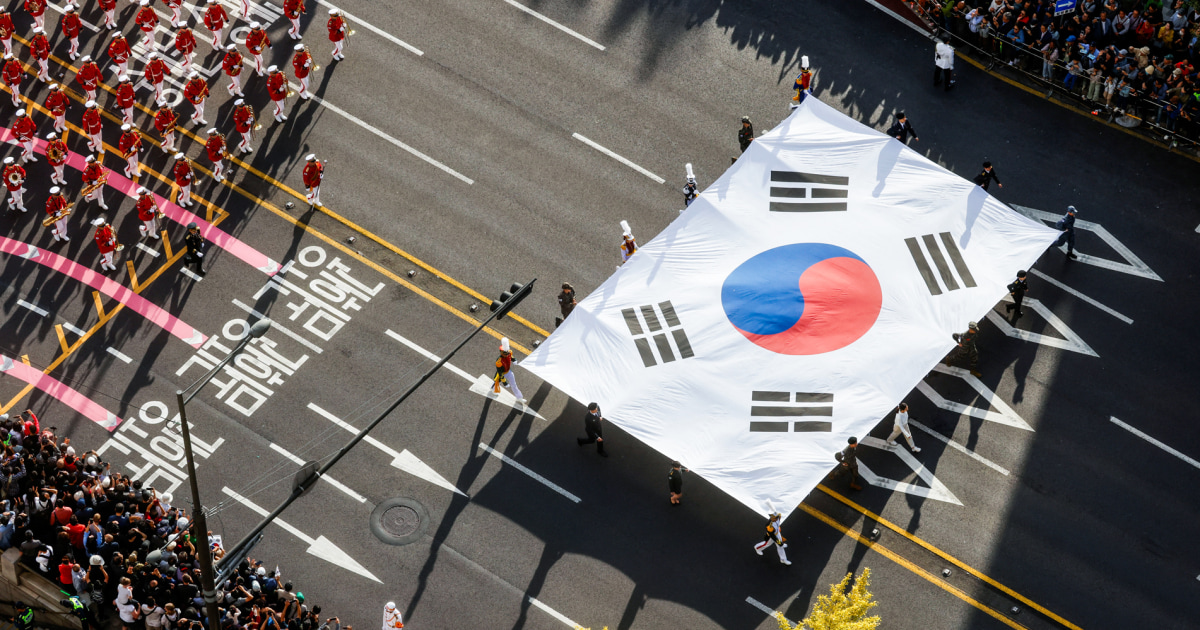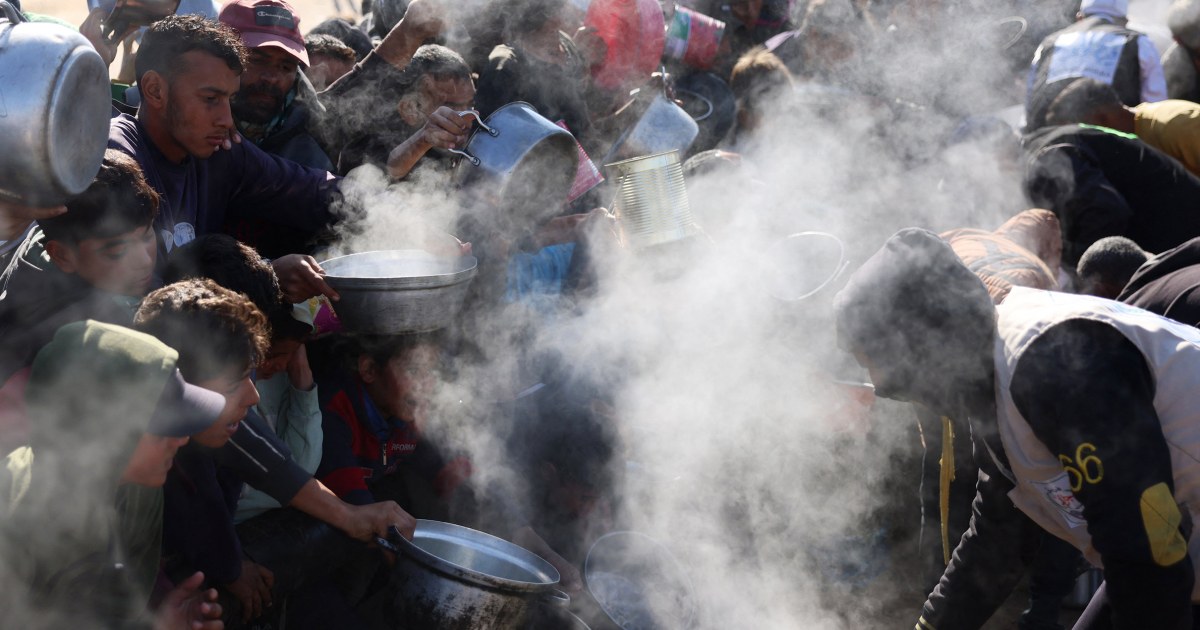World
South Korea military parade includes ‘monster missile’ and U.S. bomber flypast

SEOUL, South Korea — South Korea showcased a ballistic missile capable of carrying an eight-ton warhead and featured a flypast of a U.S. bomber at military parades in Seoul on Tuesday, a show of force now held annually to signal readiness to respond to North Korean threats.
The Hyunmoo-5 missile, successfully tested last year, was displayed at the Armed Forces Day parade at a Seoul air base, involving some 5,300 troops, 340 types of military equipment and aircraft flypasts.
For decades such military parades had been held only infrequently in South Korea. But last year President Yoon Suk Yeol revived the tradition of holding them annually, in line with his “peace through strength” mantra.
Military officials have said Tuesday’s parade was partly intended to showcase South Korea’s military might as a deterrence to North Korea, which frequently stages parades featuring weapons such as intercontinental ballistic missiles.
The South Korean parade included a flypast by a U.S. B-1B strategic bomber for the first time, while the U.S. Eighth Army band and an armored Stryker brigade also took part.
In a speech ahead of the parade, Yoon warned Pyongyang against using nuclear weapons and derided what he called its illegal military cooperation with Russia.
He also celebrated the launch of the Strategic Command, tasked with responding to North Korea’s weapons of mass destruction.
“If North Korea attempts to use nuclear weapons, it will face a resolute, overwhelming response from our military and the U.S. alliance,” Yoon said.
“That day will see the end of the North Korean regime.”
Dubbed a “monster missile” by South Korean media, the Hyunmoo-5 was a centerpiece of the parade, specifically designed to penetrate underground bunkers.
The military introduced them as the “ultra high-power Hyunmoo ballistic missile,” set on two nine-axle transporter-erector-launcher vehicles.
The Hyunmoo-5 is categorized as short-range, but if topped with a one-ton warhead — typical for ballistic missiles — its range can exceed 3,100 miles, according to Yu Yong-weon, a lawmaker on the parliamentary defense committee.
Yoon’s office said the missile plays a key role in the country’s “three-axis” defense system aimed at neutralizing the North’s nuclear provocations, including war plans that call for pre-emptive strikes if necessary.
Hours before the ceremony, Kim Kang Il, North Korea’s vice defense minister, criticized the B-1B’s planned flypast and also accused Washington of conducting a “reckless military bluff” by recently sending a nuclear-powered submarine to South Korea.
In comments carried by state news agency KCNA, Kim called for retaliatory measures, pledging to continue improving the country’s “powerful war deterrent.”
In Seoul, some opposition lawmakers and activists criticized Tuesday’s parade, saying it was reminiscent of past South Korean military governments and a waste of taxpayers’ money with an allotted budget of 7.9 billion won ($6 million) this year.
Defense ministry spokesman Jeon Ha-kyu told a briefing the parade helped improve troop morale and stimulate defense exports, while serving as a deterrence against North Korea.










